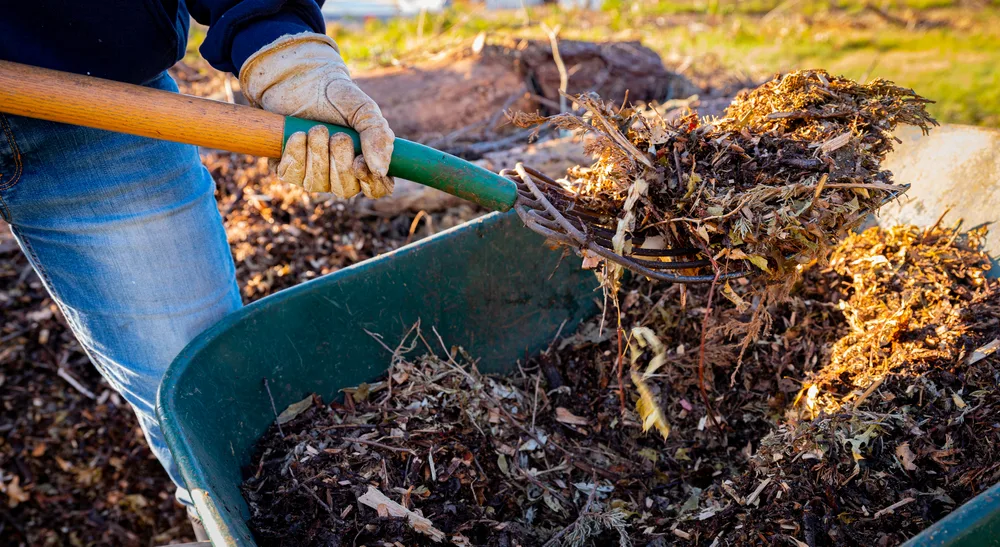
As September arrives, the weather cools, the days shorten, and flowers may start to fade as autumn approaches. Many gardens will need some preparation to withstand the upcoming frost.
However, according to one gardening expert, there’s one crucial task that should top every gardener’s list for September.
Chris, a landscape designer who loves sharing his gardening wisdom online, emphasizes that right now, “mulching is the key task in the gardening world.”
Mulching involves covering soil and plants with a thick layer of nutrient-rich material. This method not only naturally controls weeds but also helps retain moisture in the soil and shields plants from harsh weather.
In September and early autumn, the soil is warmer and retains more moisture. By applying mulch during this time, you can trap both heat and moisture, providing protection for your plants against winter frost.
In a recent video, Chris explained that different types of organic mulch materials should be used depending on the plants.
He mentioned: “For fruit trees, berry bushes, and perennial wildflowers, use woodchip mulch because these plants thrive in a fungus-rich environment, which woodchips provide.”
“For vegetable gardens, which prefer a bacteria-dominated environment, use old straw, grass clippings, or hay.”
Chris also suggested using leaf clippings for perennial flower beds to protect them and recommended creating a “lasagna garden” in empty beds or pots.
A lasagna garden involves layering mulch, newspaper, cardboard, leaves, and grass clippings instead of soil. Over time, worms and other bugs will break down these layers, creating nutrient-rich soil perfect for spring planting.
However, Chris advises that while mulching is beneficial, some parts of your garden should be left untouched to support local wildlife.
He explained: “Remember to leave some areas of your yard undisturbed. Butterflies lay larvae in leaf clippings, and you’ll want these to overwinter in your garden, so leave a bit for the wildlife too.”
Mulching not only keeps gardens tidy by reducing weeds during the colder months but also needs to be applied at a thickness of around five to seven centimeters (two to three inches) to be effective.
Chris concluded: “If you can only manage one gardening task this month, make it mulching. It will have the most significant impact on your garden for the next season.”
